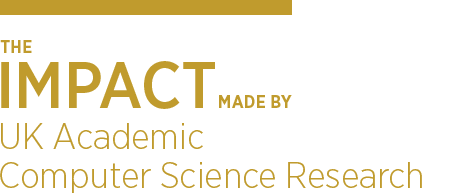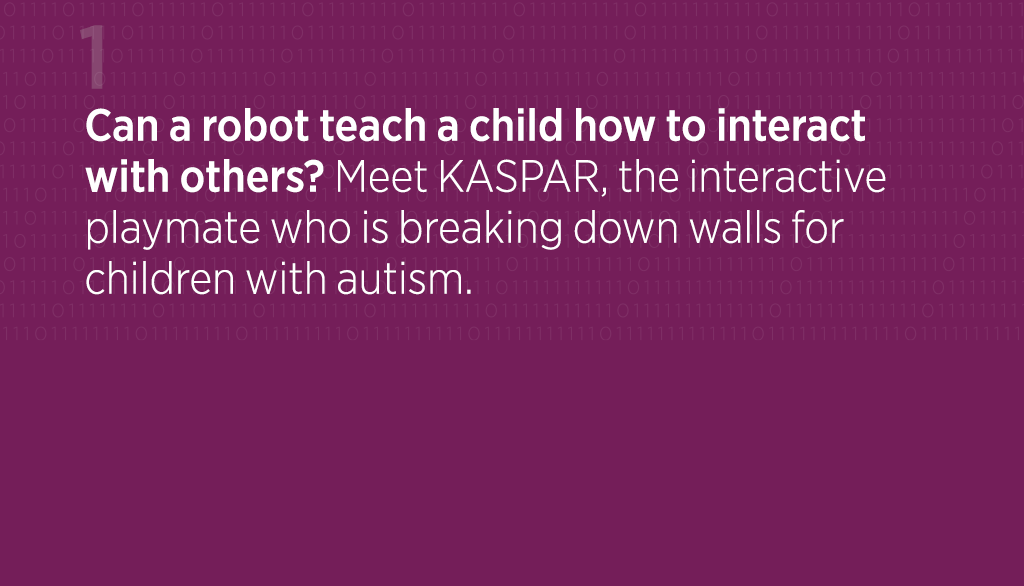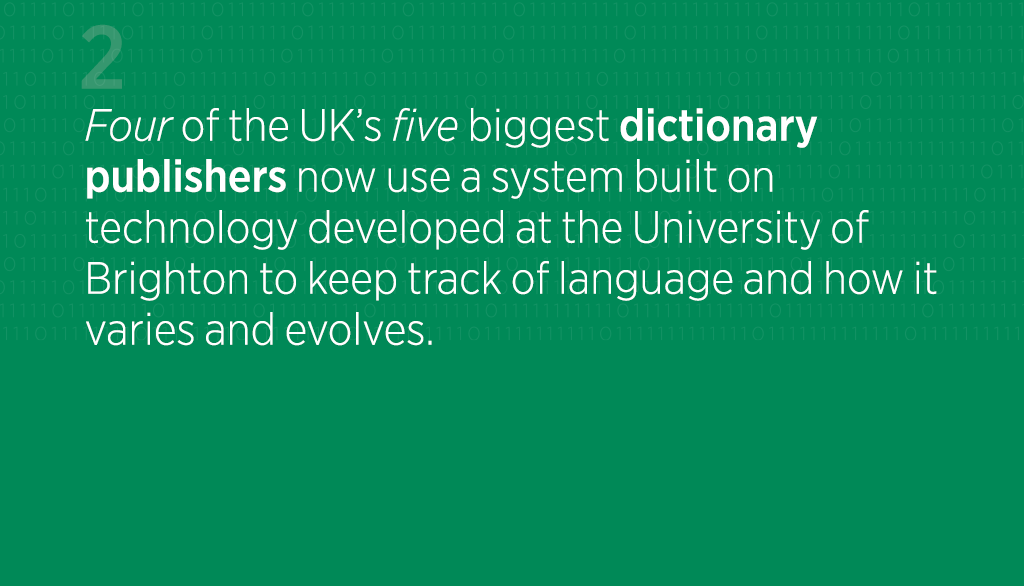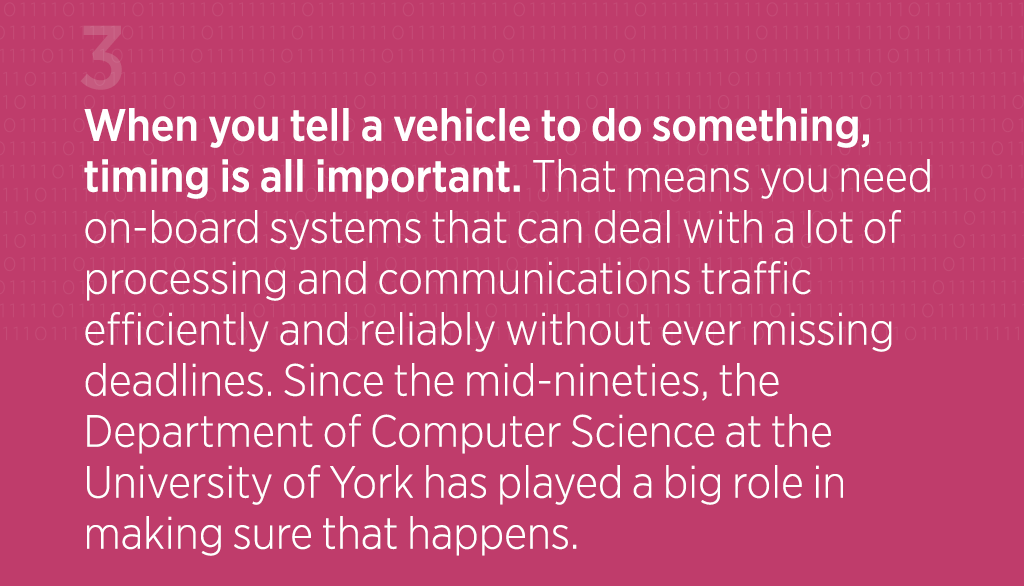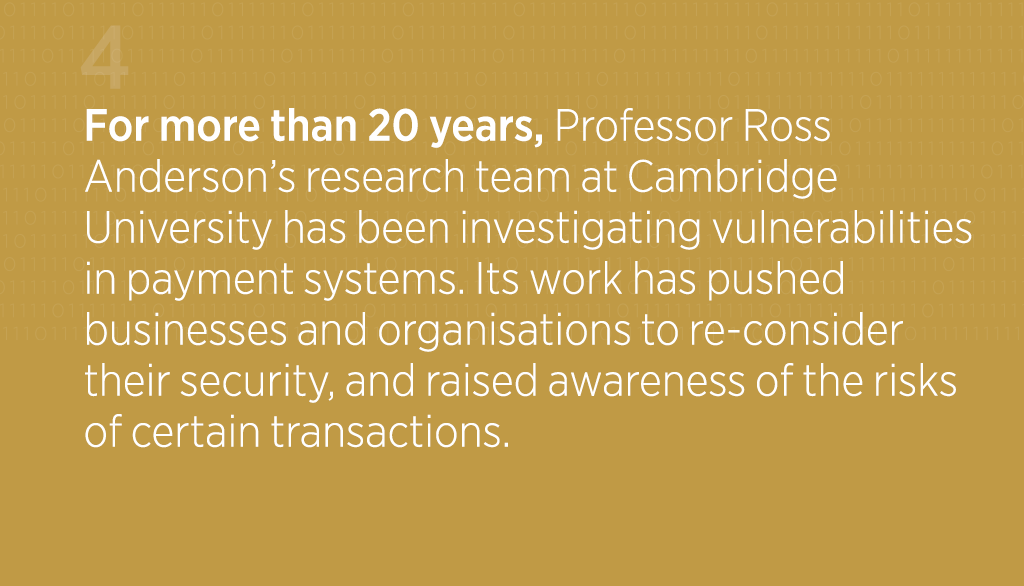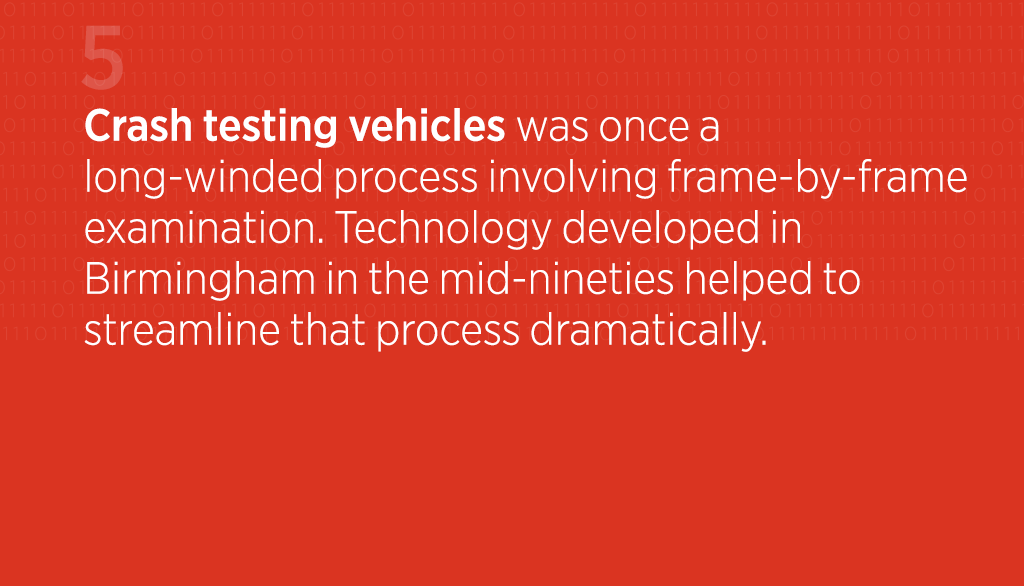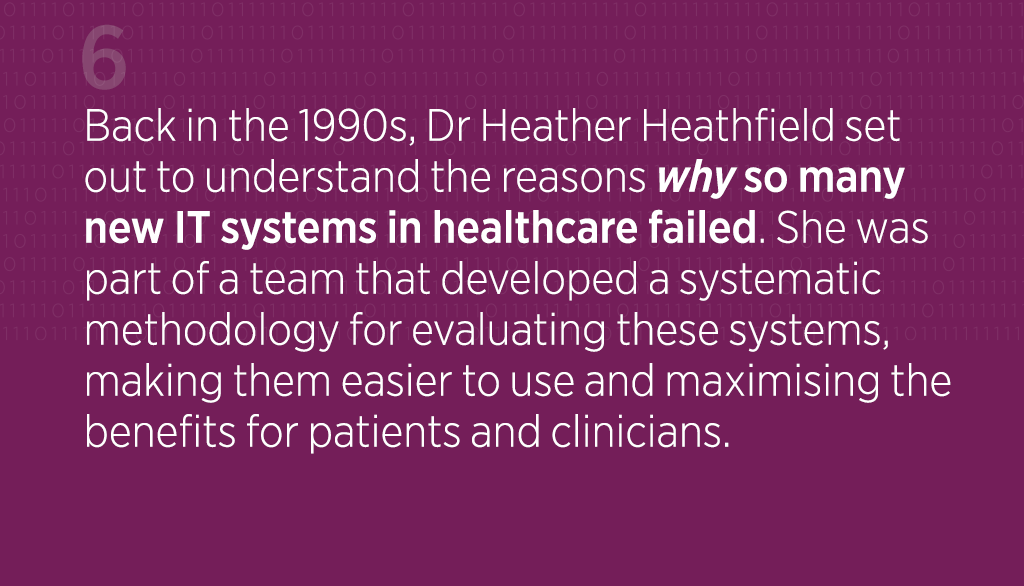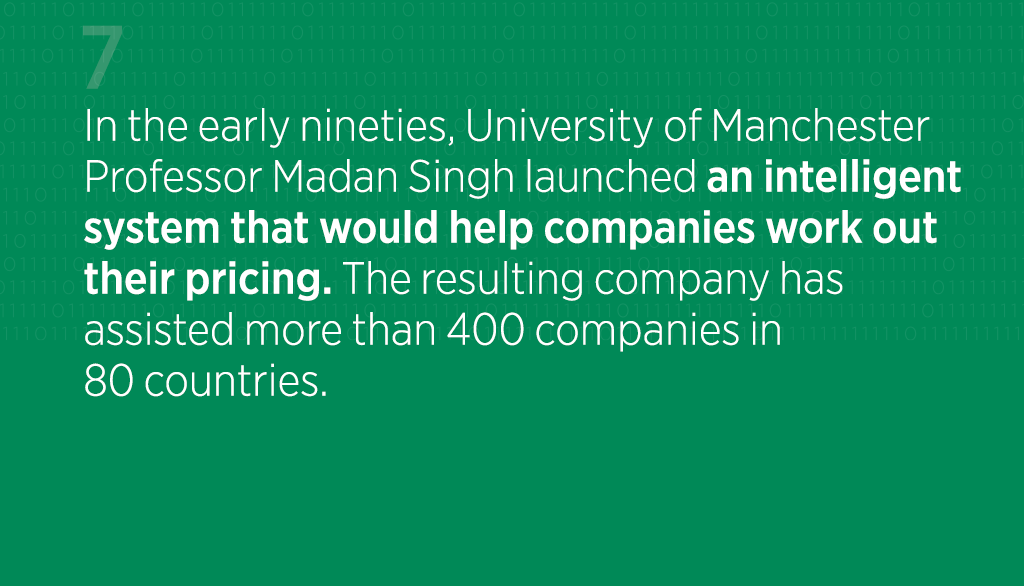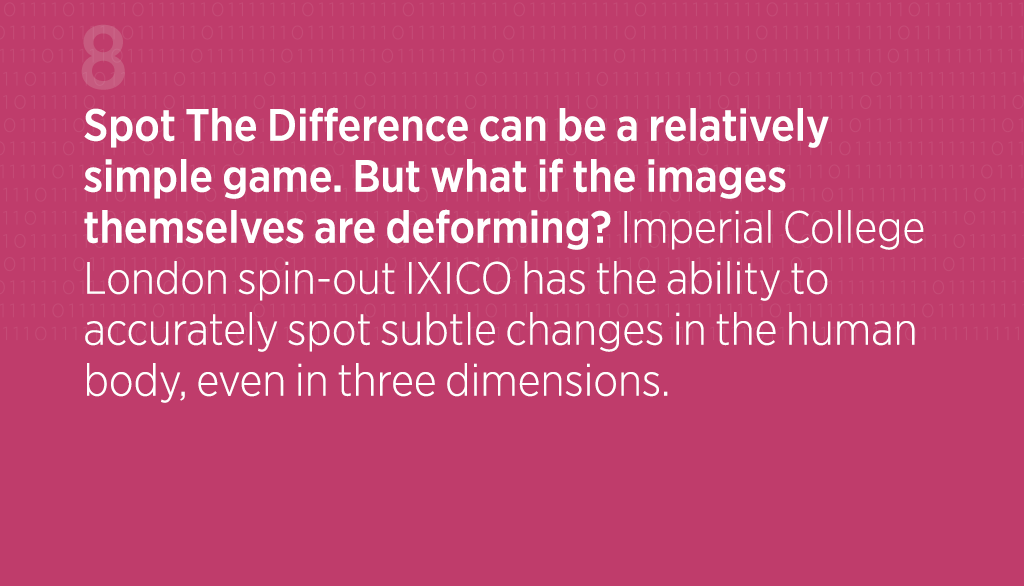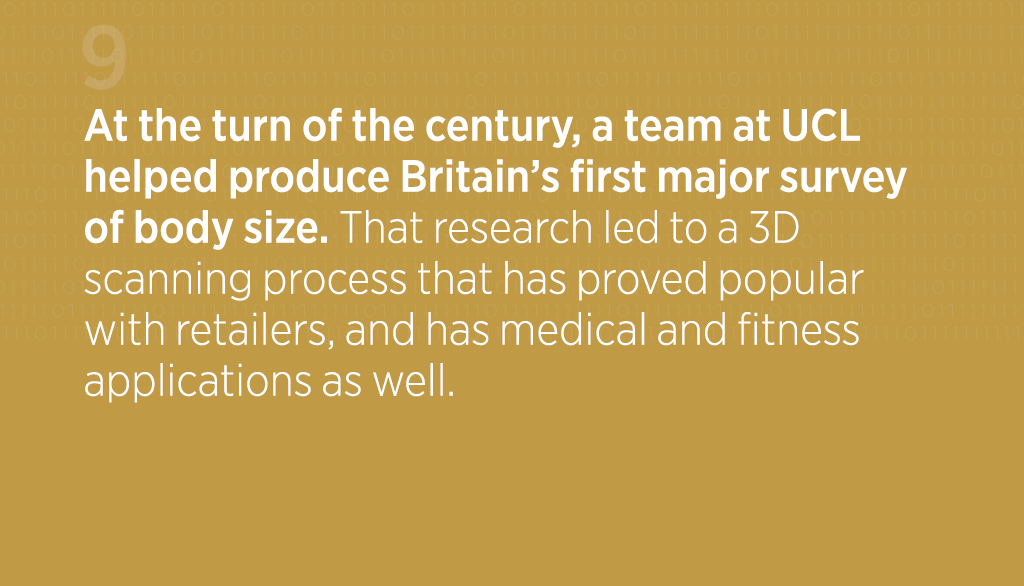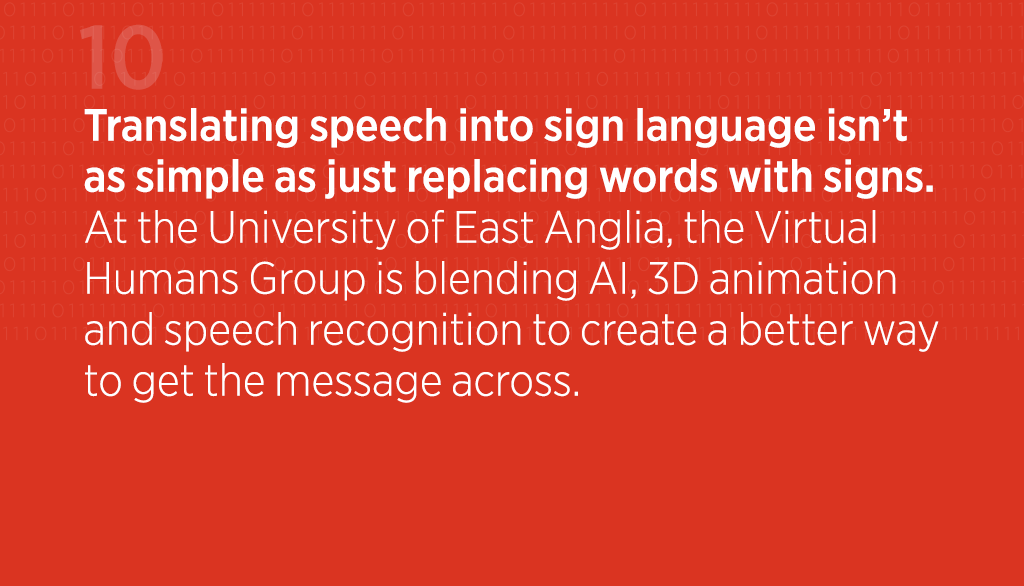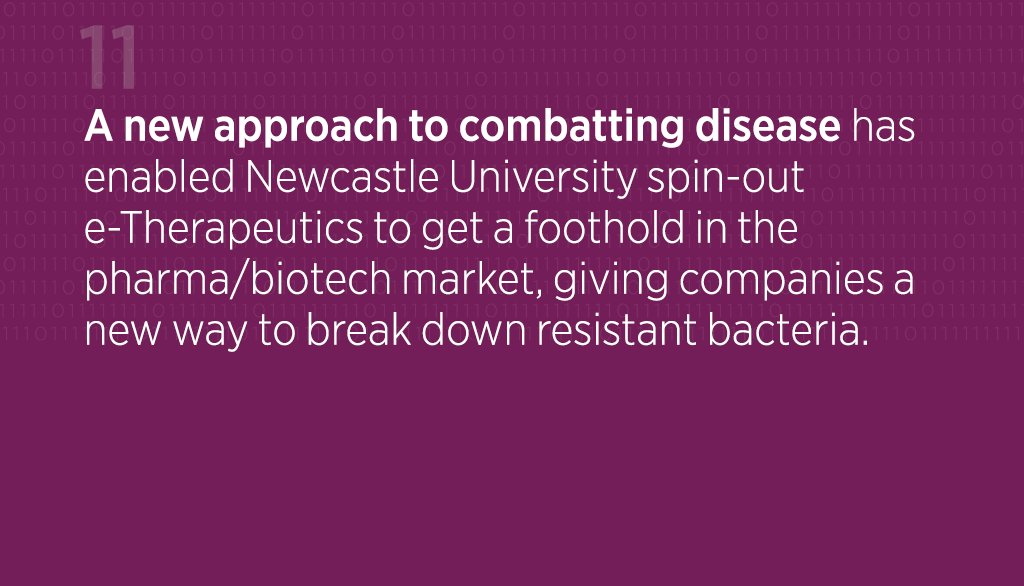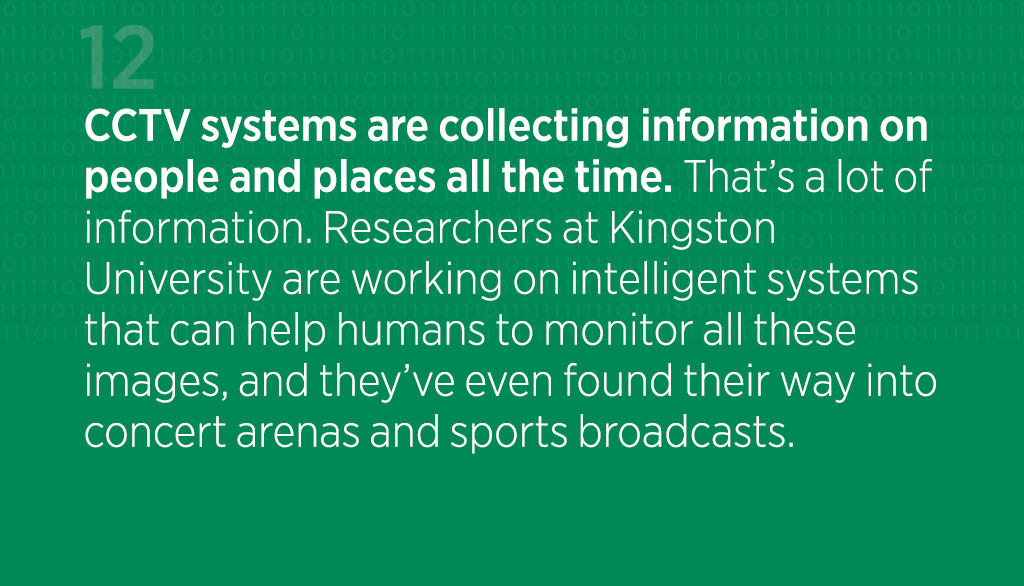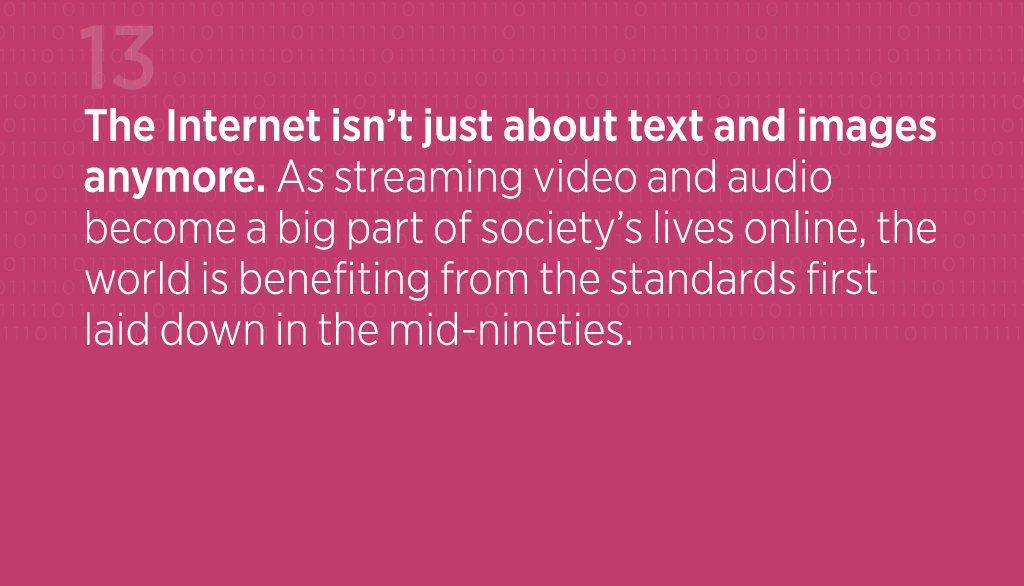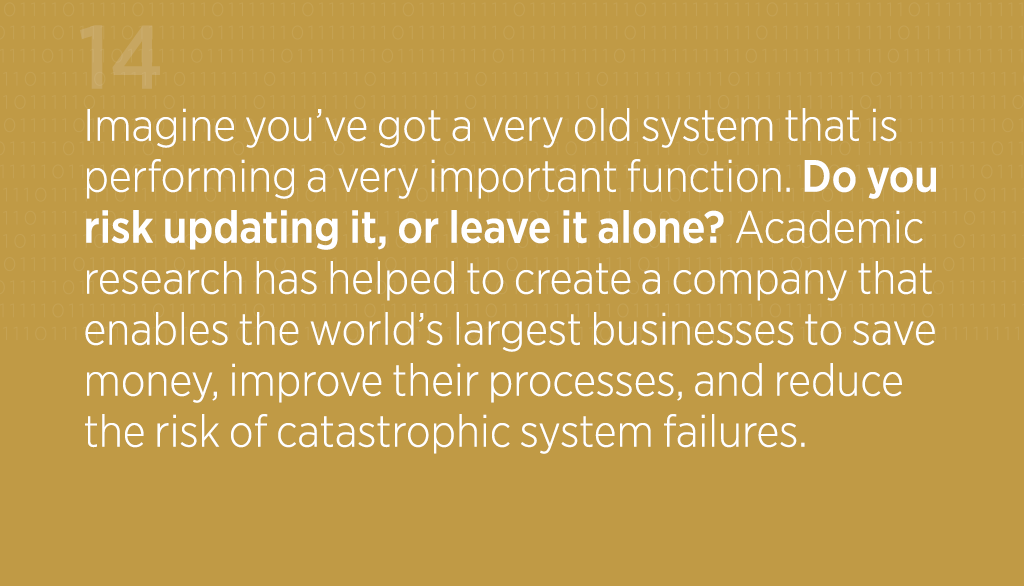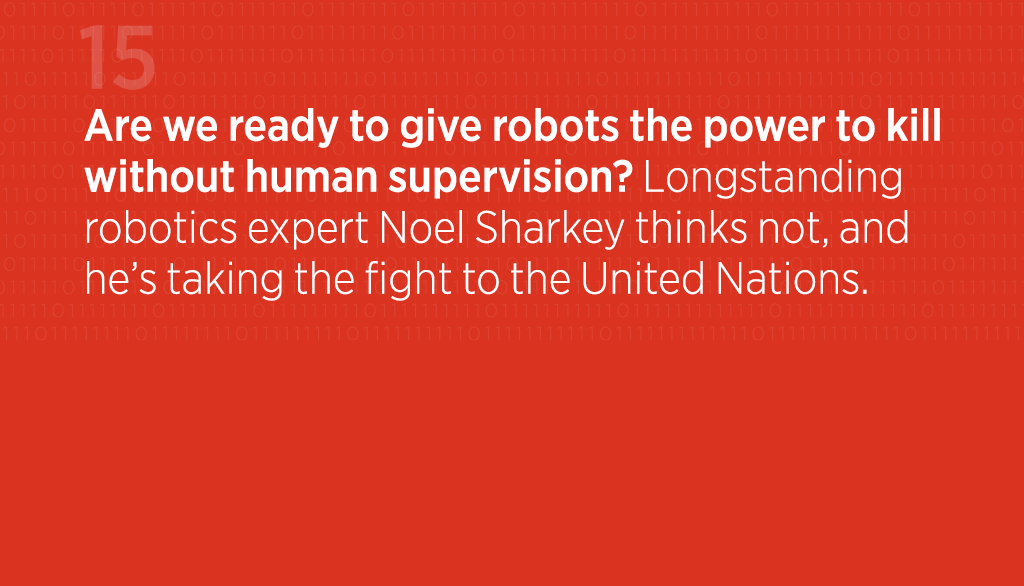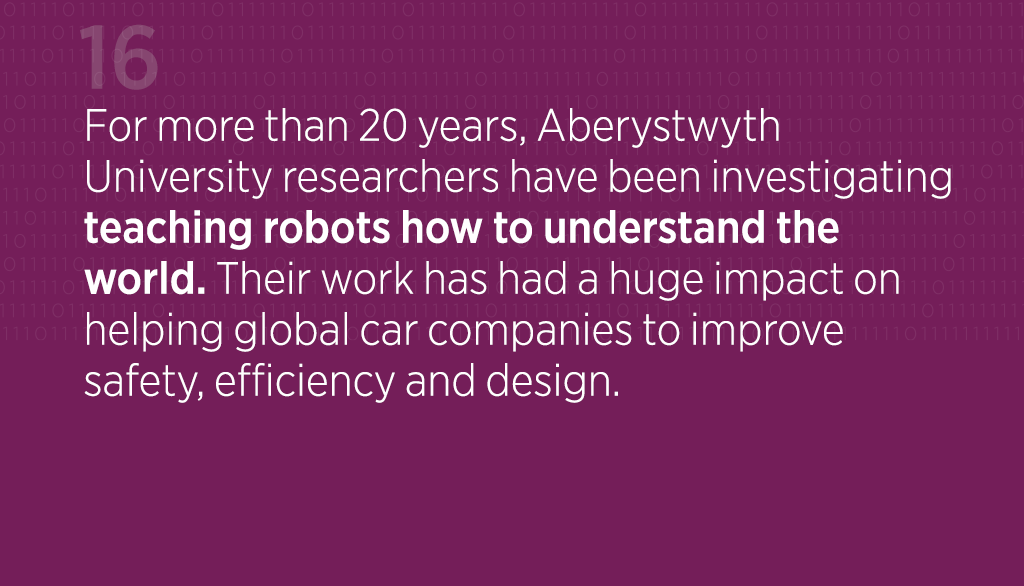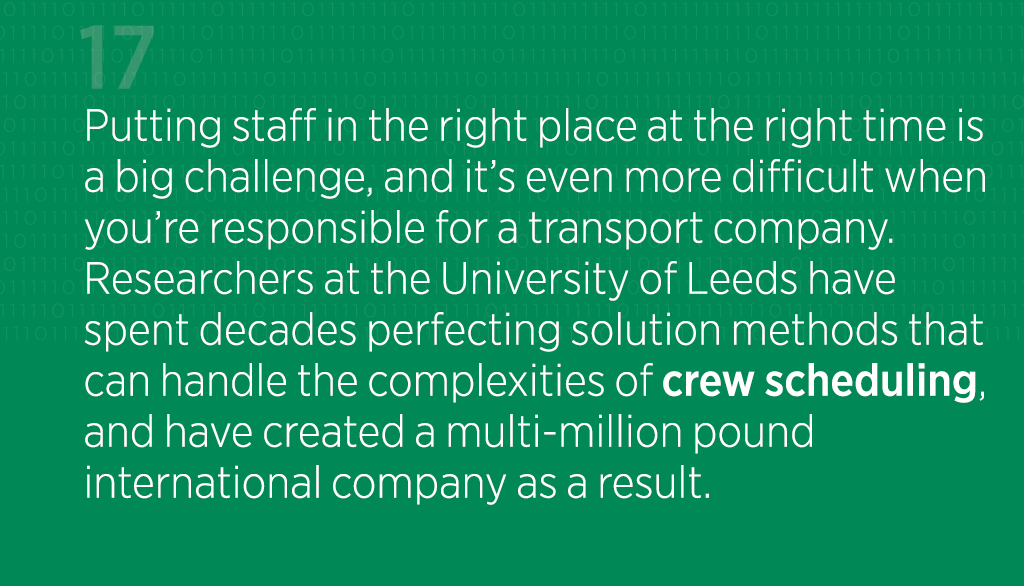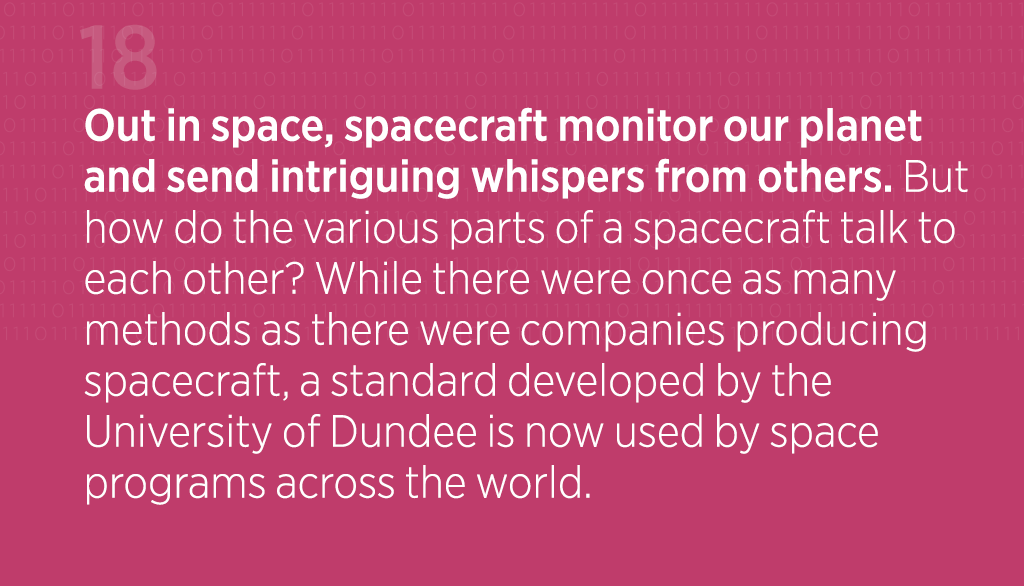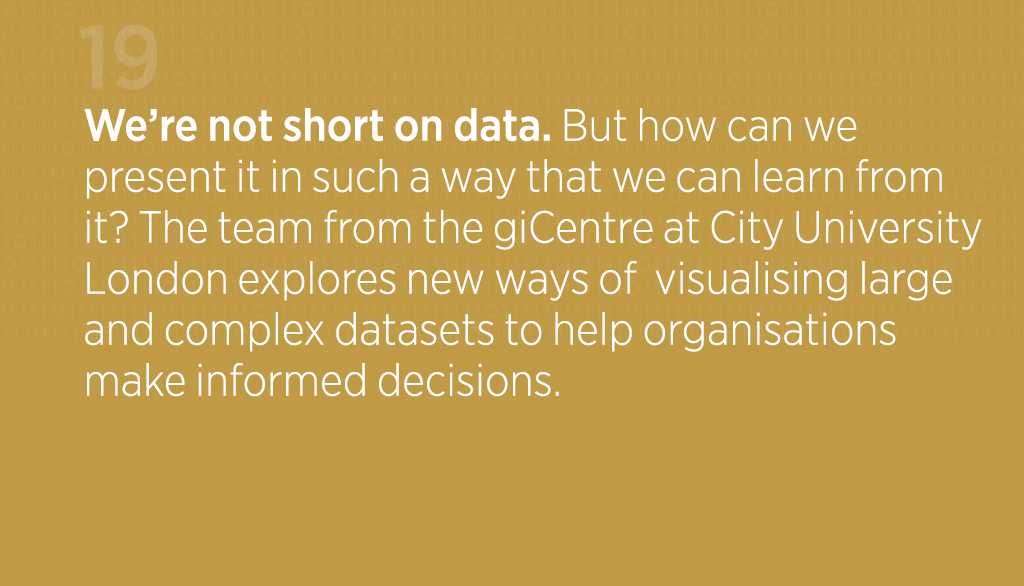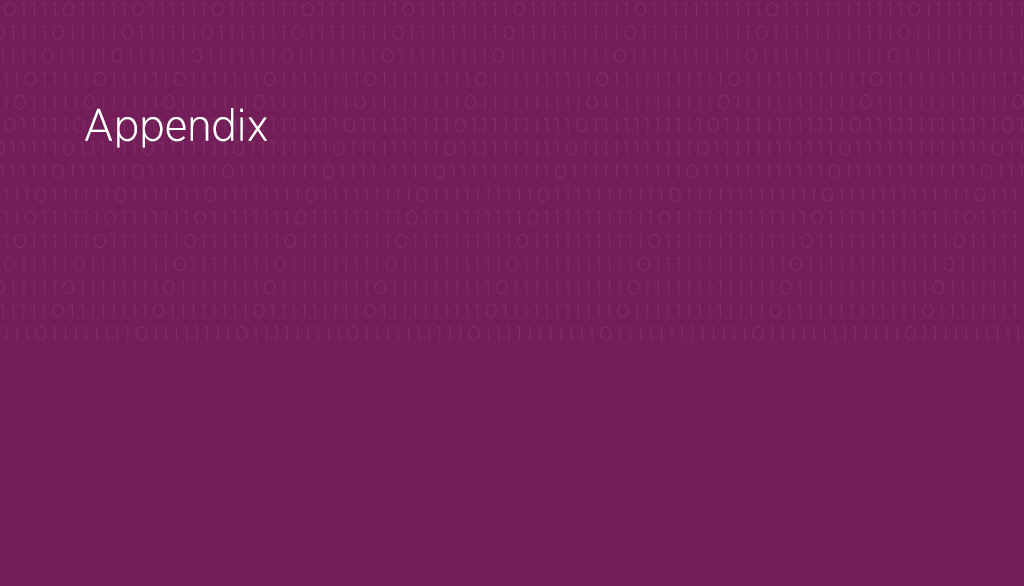University of Hertfordshire – Robot-assisted play therapy for autistic children
Both parents and teachers agree: Eden has certainly opened up since she met her new friend. It’s 2011, and...
University of Brighton – Dictionary Production
Language changes all the time, which makes the job of a dictionary particularly tricky. Keeping track of new meanings...
University of York – Real time vehicle control
Imagine you’re in your car. You approach the traffic lights, and put your foot on the brake. At this...
Cambridge University – Payment systems
One day in Barcelona, a British sailor splashed out on the most expensive round of drinks of his life...
Birmingham City University – Vehicle crash test analysis
How long does it take to analyse a crash that only lasts a quarter of a second? Thanks to...
Manchester Metropolitan University – Evaluating health technology systems
Switching to electronic health records can be extremely beneficial. With electronic records, clinicians can provide accurate, up-to-date, and complete information...
University of Manchester – Pricing
What is the right price for a product? For many years, pricing wasn’t exactly a scientific process. Businesses would...
Imperial College London – Clinical image analysis
These days, it is reasonably commonplace for doctors to use scans to assess a person’s health. The clinician will...
University College London – 3D Body Scanning
Did you ever get the feeling that your clothes didn’t quite fit like they should? Using 3D human body...
University of East Anglia – Avatars for Visual Communication
Communication isn’t just about words. After all, “Good job” can be transformed from a compliment to an insult with...
Newcastle University – Drug Discovery
Drug discovery is getting harder. It is no secret that research and development spending by pharmaceutical companies has become...
Kingston University – Video Image People Tracking
While some say that CCTV “watches” us, in truth it’s sometimes just staring at a point. If someone or...
University of Glasgow – Communication standards
Think about the many different ways in which you communicate. Now remove the ones that weren’t available to you...
De Montfort University – Assembler Program Transformation
You may not realise it, but at some point in your day you may have interacted with a system...
University of Sheffield – Autonomous Weapons Debate
What should we do about killer robots? This isn’t a debate to be shelved until we reach some distant...
Aberystwyth University – Vehicle Electrics Design
Things go wrong. It’s a fact of life, and it’s why testing matters. And when you’ve got something as...
University of Leeds – Transport Crew Scheduling
A successful business called Tracsis has spent the last few years helping bus and rail firms to construct their...
University of Dundee – SpaceWire Spacecraft Networks
Almost a hundred satellites, probes and other spacecraft are launched each year. They are dispatched to monitor the Earth,...
City University London – Complex Data Visualisation
Former Hewlett-Packard president Carly Fiorina once said that “the goal is to turn data into information, and information into...
University of Southampton – Web Science
“Why does the Web matter?”, Professor Sir Nigel Shadbolt asked a Royal Society audience in 2013. “Because it’s us.”...
